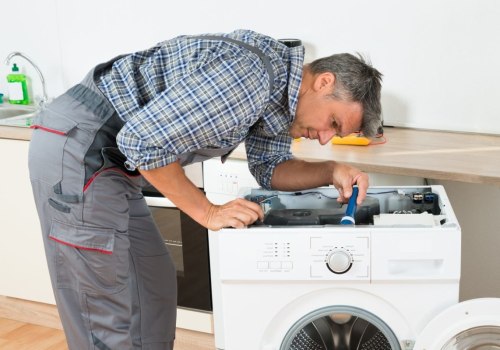When homeowners schedule a professional appliance repair visit, the process typically begins with a detailed conversation that helps the technician understand the issue before arriving. Service companies often ask for the appliance’s brand, model number, age, and a description of what went wrong, which allows them to bring appropriate tools and, in some cases, common replacement parts. Technicians generally provide a time window rather than an exact arrival moment, ensuring flexibility for both their schedule and the homeowner’s. Before the appointment, clients are encouraged to clear the area around the appliance, secure pets, and make sure the technician has easy access to outlets, water lines, or breakers if necessary. This preparation reduces delays and helps the visit proceed efficiently. Even small details—like noting strange noises or taking a picture of an error code—can be extremely helpful, as this information guides the technician toward the quickest and most accurate diagnosis.
Diagnosis, Testing, and Transparent Communication
Once the technician arrives, they typically begin with an overview of what the homeowner reported, followed by a hands-on inspection of the appliance. This stage involves checking mechanical components, running diagnostic tests, and verifying electrical connections to pinpoint the root cause of the malfunction. Professional technicians are trained to work methodically, and many follow standardized procedures set by appliance manufacturers. As they investigate, they often explain their findings in clear terms, helping the homeowner understand what is causing the problem and what the potential solutions might be. If a repair is possible on the spot, the technician will outline the recommended fix, expected timeline, and total cost with labor and parts included. Homeowners appreciate this transparency because it builds trust and prevents surprises later. Sometimes, the issue turns out to be less serious than expected—like a clogged filter or loose connection—while other times the technician may recommend a more complex repair or, if appropriate, discuss whether replacement might be more cost-effective.
Performing the Repair and Ensuring Safety
After the homeowner approves the repair plan, the technician proceeds with the necessary work. This may involve disassembling panels, replacing worn components, cleaning internal parts, or recalibrating sensors and controls. Throughout the process, safety remains a top priority. Technicians routinely shut off power, water, or gas lines before beginning any repair to ensure a controlled environment. Homeowners may notice the technician using specialized tools designed specifically for the appliance’s make and model, which helps ensure precision and reduces the risk of damage. Once the repair is complete, the technician reassembles the unit, secures all components, and runs a series of tests to confirm that everything operates correctly. In some cases, especially with major appliances, clients seek professional help for issues unrelated to the immediate appointment—for example, a homeowner might have recently looked into refrigerator repair in Harrison Township, MI and now wants advice on preventing future breakdowns.
Final Steps, Maintenance Tips, and Follow-Up
Before leaving, technicians usually provide maintenance guidance tailored to the specific appliance, such as cleaning schedules, filter replacements, or proper loading techniques. Many companies also offer warranties on parts and labor, giving homeowners additional peace of mind. A repair visit ultimately does more than restore functionality—it provides valuable insights that help extend the life of appliances and maintain a safer, more efficient home.




